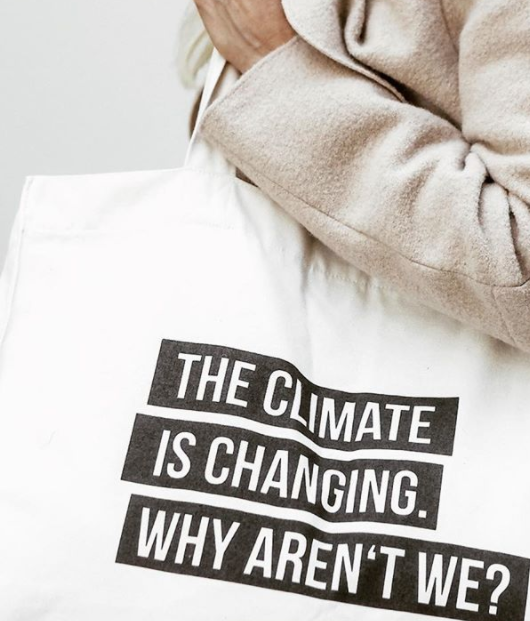After an already frantic start to the year, it’s still important to take the time to review 2021, what feels like both the longest and shortest year in history. Digital advertising, in particular, saw a monumental number of changes last year. It’s almost impossible to keep track of the events of 2021, with updates in regulation, news scandals, platform changes, and consumer outrage all taking centre stage at one time or another throughout the year.

There was also a fundamental shift in consumer habits as a result of various lockdowns, which are likely to stick as uncertainty looms. This has forced even the most traditional brick and mortar retailers into building their ecommerce offering as consumers become accustomed to buying online.
However, when we reflect on why and how things have changed, a clear pattern comes to the fore. Shifts in consumer demand coupled with how advertisers – and their buy and sell-side counterparts – are changing, all stem from an increased focus on greater quality.
In 2021 we saw consumers demand – with their voices and their wallets – a more ethical side to brand purpose by pushing businesses to choose a side on social matters. Those businesses that thought this was just a flash in the pan were mistaken. Now the ask is not just for brands to have an authentic voice, but to consider every aspect of the world they impact. Customers are increasingly asking for ethically sourced and sustainable products from companies that are decreasing their impact on the planet.
Dealing with data
Last year was also a pivotal time for data ethics, with consumers becoming more aware of their digital footprint and the way their data is being used. The industry shift in response has been led by big tech. This was most notable when Apple made a significant amount of noise about its mission to improve end-user privacy. Google has also driven the charge when it moved the goalposts on the deadline for third-party cookies, which has extended the discussions around data as companies work towards a viable solution. This delay has possibly been a welcome breathing space for some in the industry, as it’s given them time to test and make improvements to the way they use data.
When it comes to focusing on quality, brands need to look at all areas of the business, including the media supply chain. Accountability for a more responsible and efficient supply chain has moved out of the media agency, to the brand and right up to the boardroom. The C-Suite now want to know where their ads are being placed to understand where there are drops in efficiency and where their brand might be at risk.
Sustainable data practices, respect for the user, funding quality journalism, brand safety, and social responsibility leave brands with an enormous selection box of decisions. Marketers need to consider all of these when deciding where their media is spent, how it is delivered and how it’s going to affect their brand, both directly and indirectly. This will be especially true of new areas such as CTV that are still going through growing pains.
There is still a huge amount of education and work to do, and there are some critical gains to be had. We’ve found that Supply Path Optimization has wide ranging benefits far beyond media effectiveness, including energy consumption and, as a result, an improvement in environmental impact.
Moving on metrics
Another key trend in the industry is the shift towards better quality media metrics, with work on the Attention Economy making huge leaps in the past couple of months. For marketers, the ability to better quantify the impact their ad spend is having upon consumers is a massive step forward. However, it’s still early days and there is so much more to understand. This is particularly the case if a measurable link between attention and attribution can be found.
I’ve just scraped the tip of the iceberg on the challenges the media ecosystem is currently facing. Yet they all have one thing in common; every aspect of digital marketing is being thoroughly challenged – and rightly so.
As a result, standards are being raised at every step of the consumer journey.
This is the wonderful trend that we’re seeing across our advertiser, agency and publisher partners. There is huge room for growth and progress in 2022, and those that are willing to take on the challenge and prioritize quality are destined to rise to the top.





